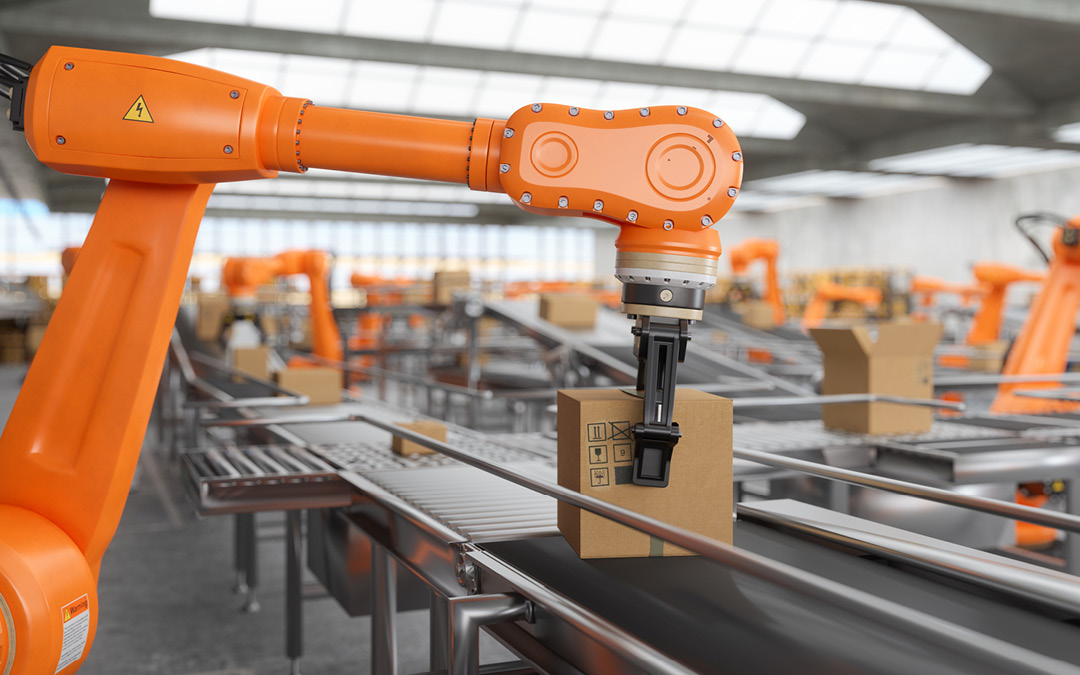In the transport and logistics sector, M&A activity declined by more than a quarter worldwide in the first half of 2023 compared to the previous half-year, and megadeals in particular are becoming rarer. The main reason is always new risks and uncertainties – they make companies more cautious. But in view of the current challenges, targeted transactions can make perfect sense.
Especially in volatile times, companies cannot stand still. They have to adapt to the new market environment and face future challenges. In the process, however, the M&A strategy must also be adapted: it must withstand an increasingly uncertain environment and weigh up more and more risks. After all, whether considering environmental, social and governance (ESG) issues, analysing any security and tax risks, or assessing market developments and geopolitical uncertainties – an all-round view is essential.
Financing has become more difficult
Adding to this mix of risks are the tighter financing conditions. Many players have been reluctant. High prices are only paid if there is a perfect strategic fit, strong unique selling points speak for themselves or the return on investment is certain. The only exceptions here are the M&A drivers digitalisation and energy transition.
Medium to small businesses are currently valued rather cautiously. And precisely that could make an investment lucrative. Because, especially now, M&A activities are important to optimise the portfolio. In view of the enormous technological, digital and ecological transformation needs of the economy, a transaction could become an enabler to reposition the business, promote one’s own growth under the new auspices and achieve sustainable results in the long term.
Class instead of mass
These risks and opportunities are reflected in the transport and logistics sector – here it is easy to observe how the wind is currently shifting. The focus of the numerous large acquisitions of the past few years was on freight volumes and networks, on scaling and size.
Now, class instead of mass is gaining centre stage. The goal of the players is to develop new competences and accelerate innovations. In doing so, they are taking a much more selective approach and concentrating on smaller transactions that require less debt capital and entail lower risks.
Joint ventures and alliances are also becoming more popular again. Be it to expand the services offered to customers, to optimise capacity utilisation or to reduce empty runs. Since it is expensive to buy providers outright, cooperations appear more attractive – they make it possible to approach new topics step by step: for example, to use new AI-supported solutions to improve delivery performance and customer service or to enter into sustainable concepts such as the circular economy.
Exploiting growth areas
The logistics industry is facing a transformation. Geoeconomic fragmentation is increasing, regional trade flows and increased warehousing are gaining importance. In terms of digitalisation, companies are in a race to catch up. The next wave of M&A could be directed at land transport and warehouses. Cross-border digital services also offer growth potential.
Across all industries, companies are recognising the need to recalibrate their own portfolios and are considering how to drive growth and transformation. Even though M&A activity has declined significantly in the first half of 2023: momentum is being felt, but more in the mid-market segment and with a shifted focus. It is important to understand the risks and opportunities as a signal, and to take the plunge with well-thought-out strategies.






